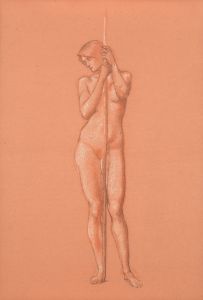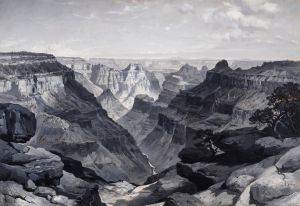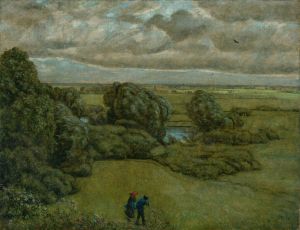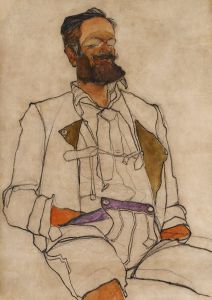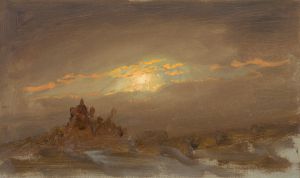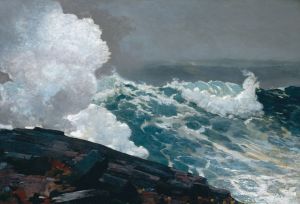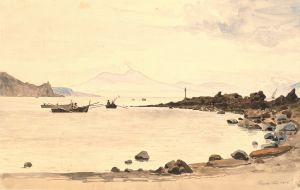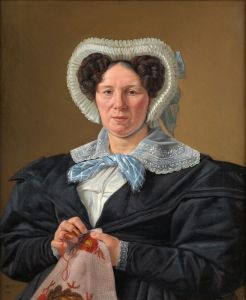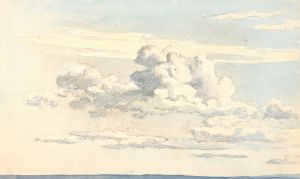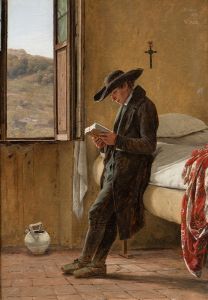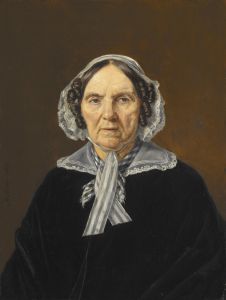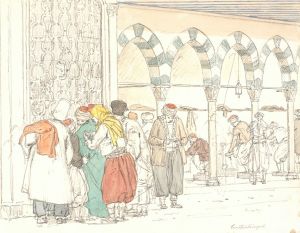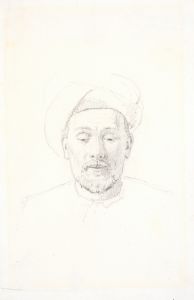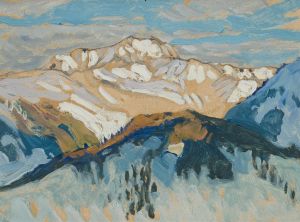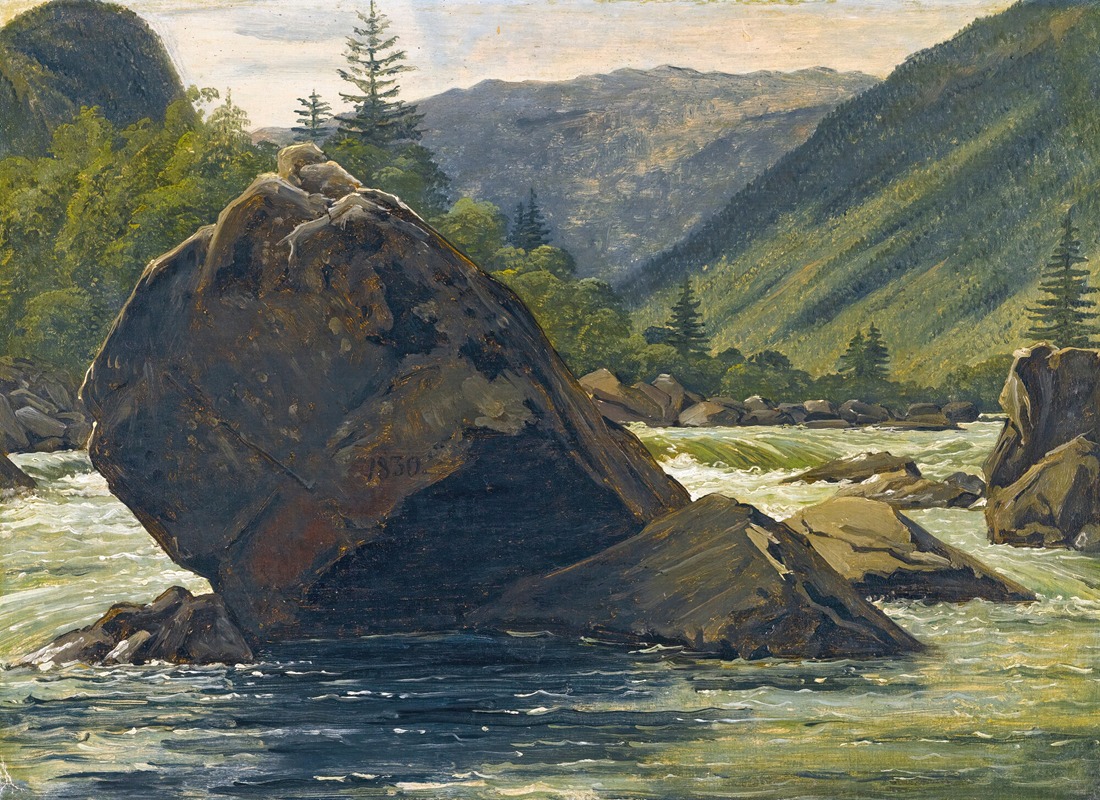
An Erratic Rock In The Rapids
A hand-painted replica of Martinus Rørbye’s masterpiece An Erratic Rock In The Rapids, meticulously crafted by professional artists to capture the true essence of the original. Each piece is created with museum-quality canvas and rare mineral pigments, carefully painted by experienced artists with delicate brushstrokes and rich, layered colors to perfectly recreate the texture of the original artwork. Unlike machine-printed reproductions, this hand-painted version brings the painting to life, infused with the artist’s emotions and skill in every stroke. Whether for personal collection or home decoration, it instantly elevates the artistic atmosphere of any space.
Martinus Rørbye was a prominent Danish painter of the 19th century, known for his contributions to the Danish Golden Age of painting. Born in 1803, Rørbye was a student at the Royal Danish Academy of Fine Arts, where he was influenced by the teachings of Christoffer Wilhelm Eckersberg, a leading figure in Danish art. Rørbye's works are characterized by their attention to detail and the ability to capture the essence of the landscapes and scenes he depicted.
"An Erratic Rock In The Rapids" is one of Rørbye's paintings, showcasing his skill in landscape painting. Although specific details about this particular painting are limited, it is consistent with Rørbye's style, which often included detailed and realistic portrayals of natural scenes. His works frequently featured elements of the Danish landscape, capturing the serene and sometimes dramatic aspects of nature.
Rørbye's travels across Europe significantly influenced his artistic output. He journeyed through countries such as Italy, Greece, and Turkey, and these experiences enriched his perspective and provided diverse subject matter for his paintings. The landscapes he encountered during his travels often found their way into his work, blending his Danish roots with broader European influences.
In "An Erratic Rock In The Rapids," Rørbye likely employed his keen observational skills to depict the interaction between the rock and the flowing water, a common theme in landscape art that explores the dynamic forces of nature. His ability to render such scenes with precision and clarity is a testament to his training and artistic vision.
Rørbye's contribution to the Danish Golden Age was significant, as he was part of a movement that sought to define a national identity through art. This period was marked by a focus on everyday life, landscapes, and historical themes, with artists like Rørbye playing a crucial role in its development. His works are celebrated for their technical proficiency and the way they encapsulate the spirit of the time.
Today, Rørbye's paintings are held in high regard and can be found in various collections, including the National Gallery of Denmark. His legacy continues to be appreciated by art historians and enthusiasts who recognize his role in shaping Danish art during a pivotal era.
While specific information about "An Erratic Rock In The Rapids" is scarce, the painting remains a part of Rørbye's broader oeuvre, reflecting his dedication to capturing the beauty and complexity of the natural world. His work continues to inspire and influence, serving as a window into the landscapes and artistic sensibilities of 19th-century Denmark.





